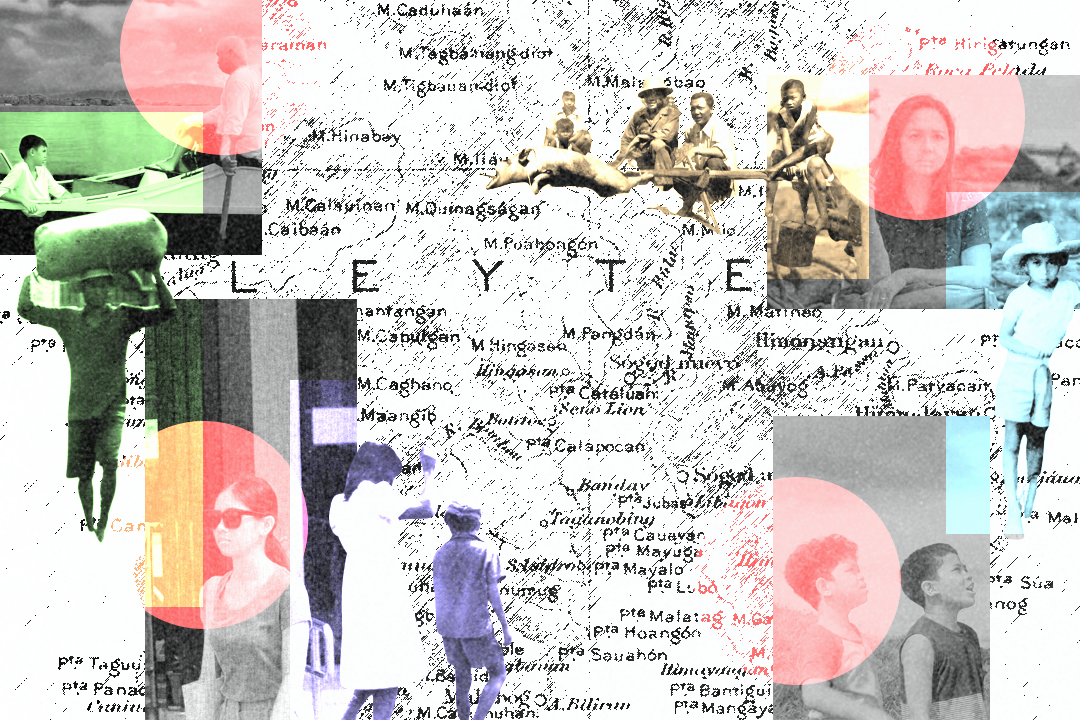When The Climate Crisis Becomes Personal: An Earth Day Film Program
When The Climate Crisis Becomes Personal: An Earth Day Film Program
Feature art by Arri Salvador
Every April 22, Earth Day serves as a global call to action and an urgent reminder of the collective responsibility to confront the environmental crisis. Yet, amidst intersecting socio-economic challenges and personal priorities, raising the level of urgency becomes a crisis in itself. It is only when environmental collapse breaches the threshold of our personal, intimate spaces that the crisis becomes real. By then, it may already be too late to reclaim what has been lost.
Realizing cinema’s role in social change as films provide a mirror to society, depicting realities, and in this context, the degrading environment. This virtual film program, When The Climate Crisis Becomes Personal, confronts that realized truth through 11 Southeast Asian short films from the archives of Cinemata, a video platform for social and environmental films about the Asia-Pacific.
The program explores how the environmental crisis seeps into everyday life, turning distant anxieties into immediate, lived experiences. Moving from macro to micro perspectives, it sees the climate emergency not just as a global issue but as a disruption of basic human needs and desires.
We open with a portrait of societies in crisis with the environment as a backdrop, where structural violence, environmental degradation, and conflicting interests converge to create social unrest and a dystopian future in the making.
Nonoy Davidas’ Junkzilla uses the metaphor of a monster made of garbage to critique the ineffectiveness of violence and fascism as outdated solutions to waste management and the failure of systems, now turning monstrous in their obsolescence.
Still from Junkzilla
Noni Abao’s Dagami Daytoy focuses the lens on the Didipio community of Tuwali-Ifugao Indigenous People, environmental defenders who, faced with state violence and corporate encroachment, are left with no choice but to resist for their land.
Still from Dagami Daytoy
Meanwhile, Indra Wahyudi’s Leuser Forest, Not a Forbidden Land captures a tense debate, where conservation efforts clash with the survival of nearby human communities who rely on the now conserved area.
Still from Leuser Forest, Not a Forbidden Land
Tina Basco and Patricia Sim’s The Last Fish in the World takes this tension to its dystopian extreme, imagining a world where the final remnants of nature are scavenged in greedy desperation for power.
Still from The Last Fish in the World
The film program then shifts toward the existential dilemmas that follow in the wake of environmental collapse: the absence of familiar ways of life, the loss of meaning, and the quiet grief of change.
Horm Keasay and Klan Tang’s Plants of Life presents the degradation of nature, rendering traditional knowledge obsolete in necessities, leaving communities struggling.
Still from Plants of Life
Arlon Jhan Bayot’s Dati offers a glimpse of a once-secluded paradise grappling with the invasive reach of capitalism.
Still from Dati
Richard Swarbrick’s Lost at Sea follows the plight of the Rohingya people, who are forced to abandon their destroyed homeland and navigate the uncertain waters.
Still from Lost at Sea
Ma. Teresa Genona’s Tawo-Tawo Sa Tungang Kalbaryo paints a stark image of farmers caught in the double bind of climate devastation and capitalist aggression when their fields dry up even as violence encroaches, leaving them little room to survive, let alone resist.
Still from Tawo-Tawo Sa Tungang Kalbaryo
The final section of the film program delves into intimate stories of people whose deep connection to the environment is shaken, revealing how this crisis touches the self, the community, and our collective imagination.
Mads Miraflor’s Lunod sees the forthcoming completion of Kaliwa Dam as a symbol of nature’s wrath, as it speaks of stolen lives and cultural erasure, particularly of the Dumagat-Remontado, who bear the brunt of development they never asked for.
Still from Lunod
Aditi Chitre’s The Mall on Top of My House illustrates how urbanization crushes simple ways of life as it is further complicated, leaving its characters suffocated by concrete and inequality.
Still from The Mall on Top of My House
Austin Tan’s Lagi na lang Umuulan sa Probinsya portrays the emotional strain of climate anxiety with the unrelenting natural disaster that serves not only as a physical threat but also as a metaphor for the uncertainty of home, and the quiet heartbreak of leaving loved ones behind.
Still from Lagi na lang Umuulan sa Probinsya
The virtual film program challenges us to reimagine the world as something to be protected and deeply intertwined with our daily lives. These films urge us to look beyond the anthropogenic lens that has long seen nature as a mere resource, and to reckon with a new reality where the environment no longer quietly serves but begins to resist, unsettle, and demand recognition. No longer abstract or distant, the crisis now arrives as personal discomfort, a disruption of daily life, a struggle woven into the most intimate parts of who we are and how we live.
Cinemata is a video platform and community for human rights and environmental justice films in the Asia-Pacific. Stream the entire virtual film program here.




























